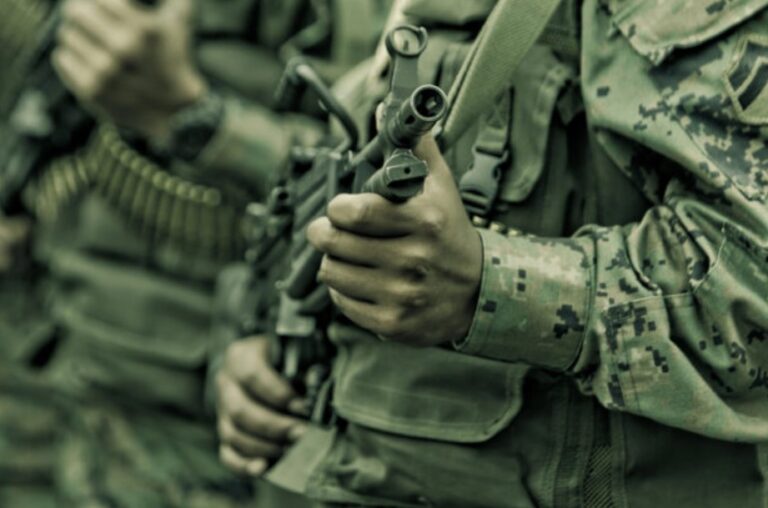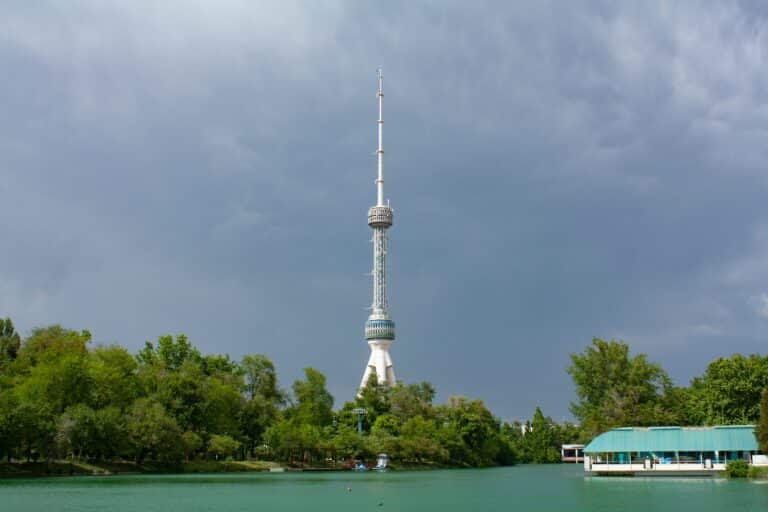
Efforts to thaw relations between Tajikistan and Afghanistan’s Taliban government are colliding with a flare-up of violence on their shared border, underscoring the fragility of any rapprochement.
Balkh governor Muhammad Yusuf Vafo paid a quiet visit to Dushanbe on 23 October, meeting Tajik National Security Committee chief Saimumin Yatimov to discuss cooperation and pledging to prevent hostile groups from operating across the frontier. The outreach followed earlier, unconfirmed security contacts and limited technical engagement on projects such as CASA-1000.
Within days, however, Tajik and Taliban forces exchanged fire near a gold-mining site across the Pyanj River on 25 October, the second reported skirmish in the area since 24 August. Local reports linked tensions to mining activity on the Afghan side that residents say has worsened flooding risks; casualties were reported but not specified. Neither government has publicly commented.
Tajikistan has long been the Central Asian holdout against normalising ties with the Taliban, wary of Tajik-origin militants from Jamaat Ansarullah and the threat from Islamic State–Khorasan. Dushanbe previously accused Kabul of tolerating militants, while Taliban sources briefly claimed, denied by Tajik officials, that the National Resistance Front had been banned.
The latest incidents mark a notable escalation: even in the late 1990s, Taliban units and Tajik (and Russian) border guards largely avoided direct clashes. For now, pragmatic contacts are inching forward, but so are guns along the riverbank.
Kursiv Uzbekistan also reports that Iran’s leader rules out talks unless Washington changes policy on Israel and regional forces, as tensions rise after US strikes and worsening regional instability.













